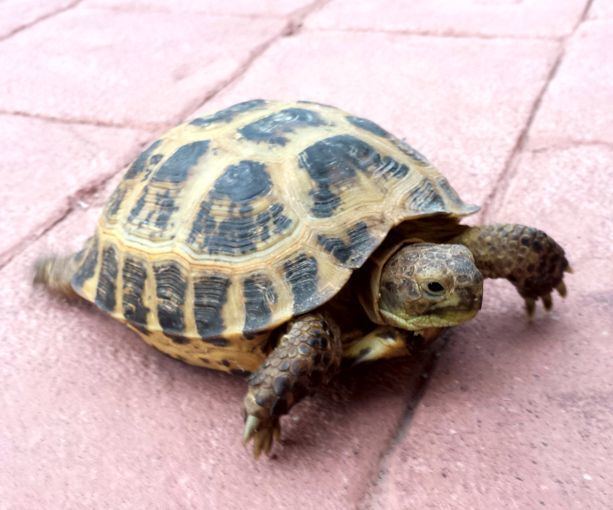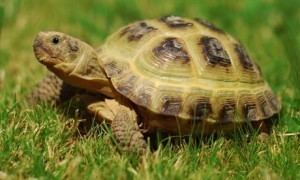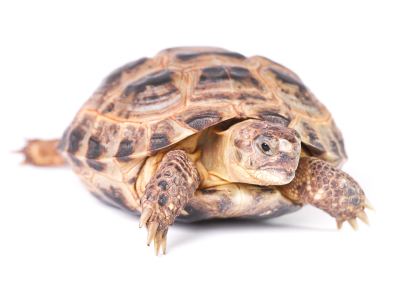Genus Agrionemys Rank Species Phylum Chordata | Subphylum Vertebrata Family Testudinidae Higher classification Palearctic tortoises Order Turtle | |
 | ||
Similar Tortoise, Turtle, Hermann's tortoise, Palearctic tortoises, Spur‑thighed tortoise | ||
All about reptiles russian tortioses how to care for russian tortoises
The Russian tortoise (Agrionemys horsfieldii), also commonly known as Horsfield's tortoise or the Central Asian tortoise, is a species of tortoise and a popular pet.
Contents
- All about reptiles russian tortioses how to care for russian tortoises
- Boris and his russian tortoises
- Etymology
- Systematics
- Description
- In captivity
- 1968 Moon flight
- References

Boris and his russian tortoises
Etymology

Both the specific name, horsfieldii, and the common name "Horsfield's tortoise" are in honor of the American naturalist Thomas Horsfield.
Systematics

This species is traditionally placed in Testudo. Due to distinctly different morphological characteristics, the monotypic genus Agrionemys was proposed for it in 1966. Today, Agrionemys horsfieldii is currently being accepted. DNA sequence analysis generally concurs, but not too robustly so. Some sources also list three separate subspecies of Russian tortoise, but they are not widely accepted by taxonomists:

Description

The Russian tortoise is a small tortoise species, with a size range of 13–25 cm (5–10 in). Females grow slightly larger (15–25 cm [6–10 in]) to accommodate more eggs. Males average 13–20 cm (5–8 in).
They are herbivores and feed on weeds and wild flowers.

Russian tortoises are sexually dimorphic. Males tend to have longer tails generally tucked to the side, and longer claws; females have a short, fat tail, with shorter claws than the males. The male has a slit-shaped vent (cloaca) near the tip of its tail; the female has an asterisk-shaped vent (cloaca). Russian tortoises have four toes. Coloration varies, but the shell is usually a ruddy brown or black, fading to yellow between the scutes, and the body is straw-yellow and brown depending on the subspecies.
The male Russian tortoise courts a female through head bobbing, circling, and biting her forelegs. When she submits, he mounts her from behind, making high-pitched squeaking noises during mating.
In captivity
In captivity, diet typically consists of mustard greens, turnip greens, collards, and kale. Occasionally they will eat many fruits, romaine lettuce, and cabbage. Though many of these things should only be given to them on occasion because they have very low nutritional value.
Water is important for all species, but the tortoise being an arid species typically get water from their food, but they also need a constant supply. Tortoises should be soaked in warm water up to the mid shell. Tortoises typically empty their bowels in water as to hide their scent, this is an instinct, and it also helps keep their enclosure cleaner.
Russian tortoises do not require a CITES Article X certificate.
1968 Moon flight
In September 1968 two Russian tortoises flew to the Moon, circled it, and returned safely to Earth on the Russian Zond 5 mission. Accompanied by mealworms, plants, and other lifeforms, they were the first Earth creatures to travel to the Moon.
